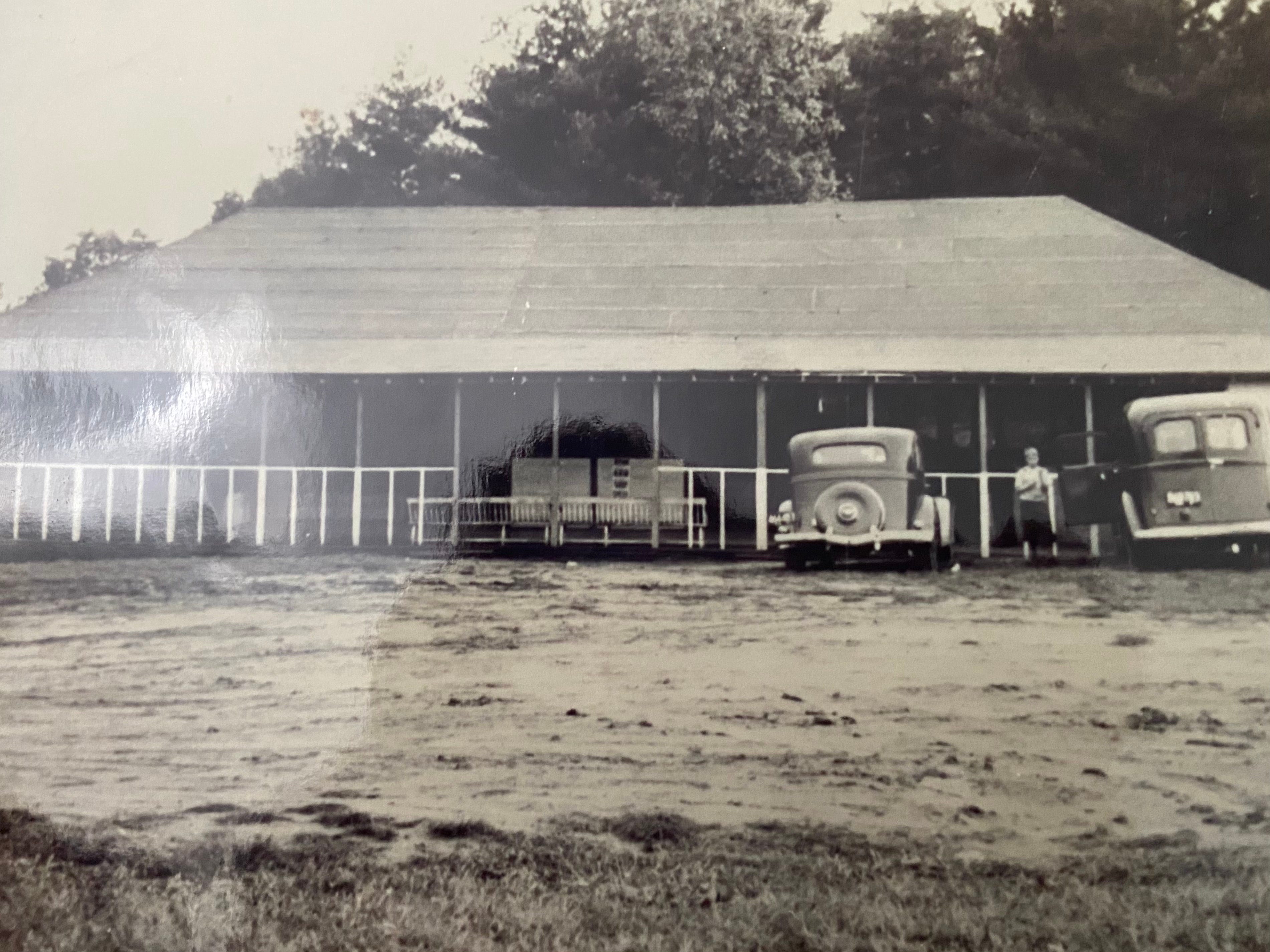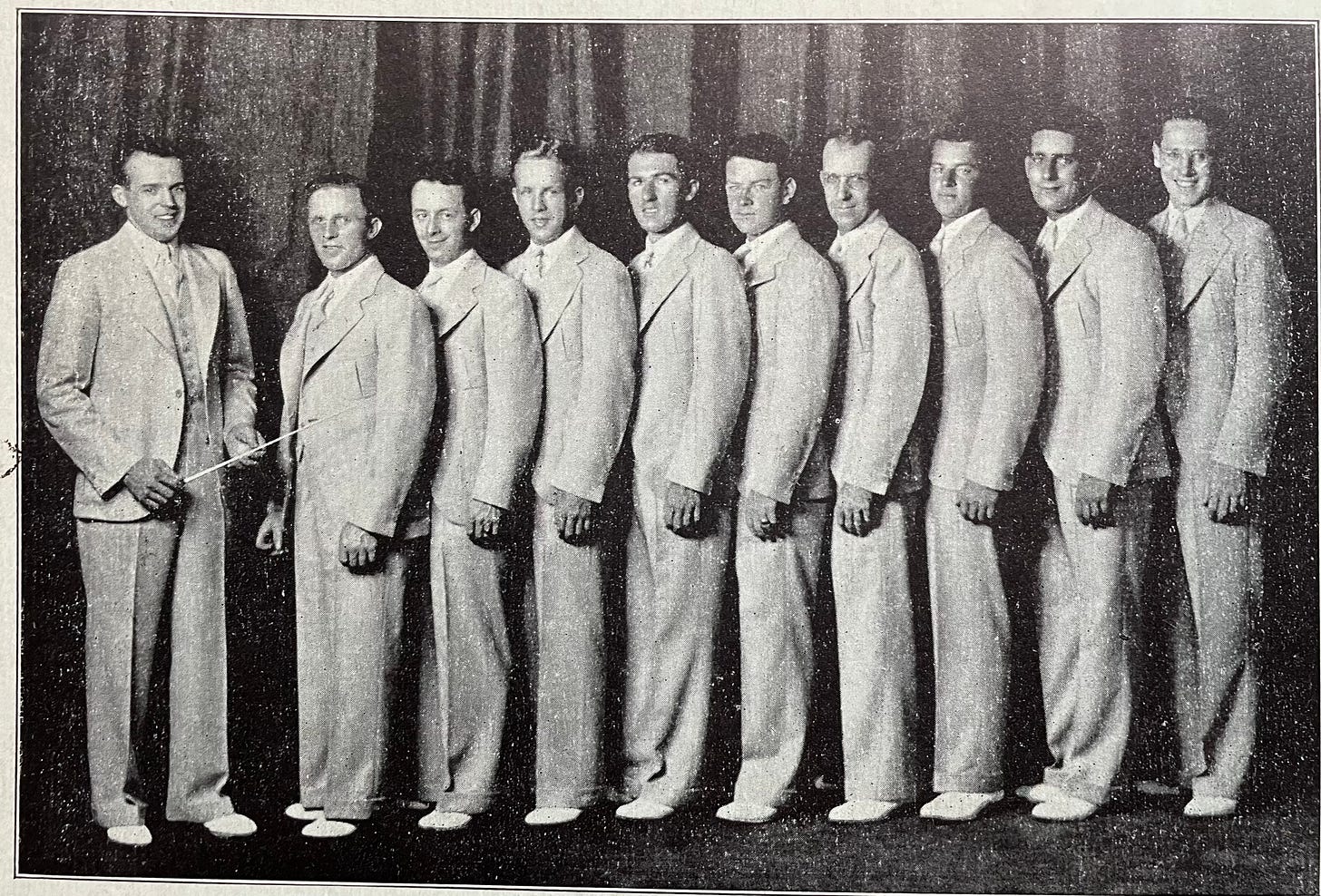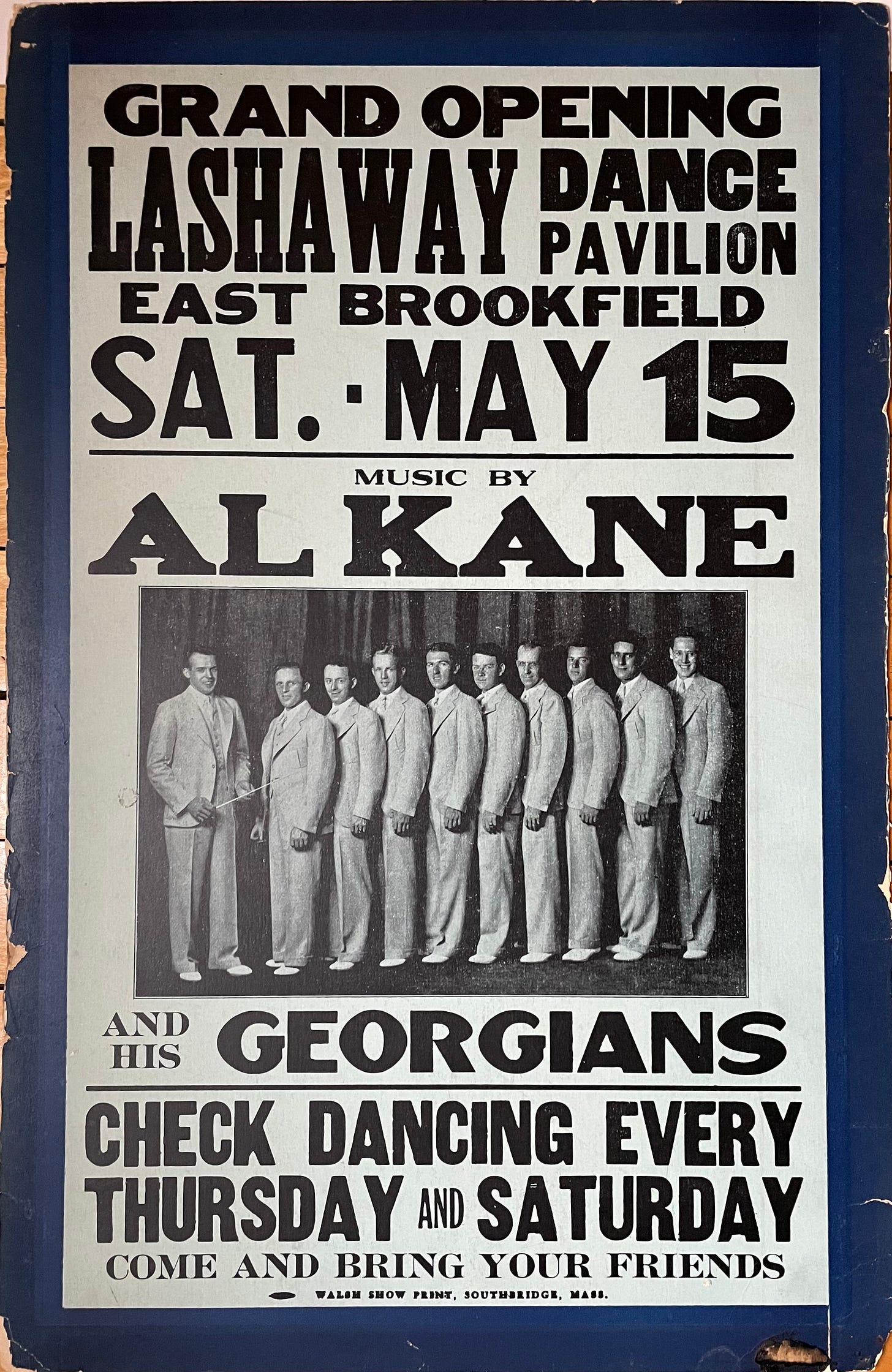Brewing up history of the 'Mosquito Ballroom'
Timberyard Brewing in Central Mass. preserving history of local dance hall with new brew

Given the choice between the latest inane iteration of the same tropical smoothie IPA or a beer with a tale to tell, I always choose the story.
I have seen beers that nod to historical figures or events, as well as tributes to fallen friends and family. You don’t just get lost in the flavors of these beers: You find yourself pulled in by the people, places and events they memorialize.
And the brewers get to use their alchemy — their power — to make something lasting. Out of 100 beers, maybe you’ll remember five or six good ones. But the ones with a story attached to them, with more to say than just what hops were added late in the brewing, we don’t often forget.
In East Brookfield, Timberyard Brewing Co. will soon share with us the story of the “Mosquito Ballroom,” through a beer that preserves the history of the once-popular local dance hall by a lake and one of possibly the many pre-war romances it engendered.
Beginning around 1937, the Lashaway Dance Pavilion, nicknamed “Mosquito Ballroom” because of its place on the water, operated as one of two entertainment centers on the shores of Lake Lashaway, a nearly 300-acre warm water lake in East Brookfield. The peculiar location for the dance hall, on a hill, across from a boat ramp at Shore and Green roads in North Brookfield, didn’t stop the buzz around the Mosquito Ballroom, as it consistently attracted big crowds, with folks from Worcester bussing in and taking boats to the pavilion.
Other than its proximity to Lake Lashaway, Timberyard has an important connection to the Mosquito Ballroom: Kate Ohanesian, its general manager, after digging into her family history, discovered her great-grandparents, Alice and Telesphore Leblanc, owned the Lashaway Dance Pavilion. Moreover, her grandparents, Franny and Eleanor first met in the Mosquito Ballroom; Eleanor, whose parents owned the joint, would dance there on weekends, and Franny played trumpet in a band.
If not for the Mosquito Ballroom, they may never have found one another.

Ohanesian will try to preserve these memories in the best way her and Timberyard can — by brewing a beer in honor of of the folklore that surrounds it. The brewery decided to brew a farmhouse IPA, adding flavors reminiscent of the late Jazz Age and that play off the beer’s name — botanicals that will highlight floral notes. Called, of course, “Mosquito Ballroom,”the cans will have QR codes linking to the history of the Lashaway Pavilion.
Timberyard will brew Mosquito Ballroom for its upcoming International Women’s Day collaboration with the Pink Boots Society next week, with a release party planned for March 25.
Since learning of her ties to the Mosquito Ballroom, Ohanesian collected more information about the venue, which closed just before the start of World War II. She reached out to the East Brookfield Historical Commission and requested photos and stories on social media from residents whose parents or grandparents may remember the famous dance hall.
“It’s been kind of hard to find information on it, because anyone who would have gone there would be 100 years old today,” she said. “And there’s really not much record of it. When I started digging into it, it was hard to prove that it even existed.”
One key source proved to be a poster advertising the grand opening of the Lashaway Dance Pavilion on a Saturday in May 1937, featuring the band Al Kane and his Georgians. She tracked down the orginal poster, framed in the office of Blaise Berthiaume, a local lawyer whose father played in the band. The lawyer shared what he knew and even allowed her to borrow some of his other posters and photos.

“It proved the existence of the Mosquito Ballroom and gave me a better timeline of when it existed,” Ohanesian said.
After closing the Mosquito Ballroom, Ohanesian’s great-grandparents turned the dance hall into a residential home, which still stands today, and later sold it. She guesses its current owners have had the property since the 1960s.
I wonder if they know its history as the Mosquito Ballroom and all the sticky summer nights people spent there, swing dancing by the lake.
It’s a good story and will make an even better beer.

